pdf printable article in Spanish language 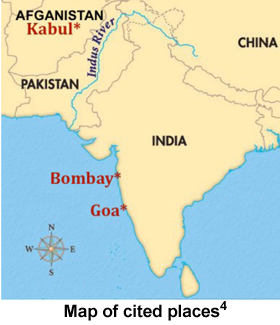 Since its invention in Vienna in 18291 by Cyrill Demian (1772-1847), the accordion spread rapidly throughout the world. One of the first accordionists that we are aware of was the Portuguese José Gonsalvez2, born in the Portuguese colony of Goa (India) and resident in Bombay, who in 1836 played the accordion on an expedition through the Indus in the direction of Kabul (Afghanistan) commanded by Captain Sir Alexander Burnes (1805-1841)3, who wrote after the expedition the book "Cabool. Being a Personal Narrative of a Journey to, and Residence in that City in the years 1836, 7, and 8" published posthumously in 1842, thanks to which we have extracted all the information we publish here on José Gonsalvez, unpublished to date in other publications about the accordion. Since its invention in Vienna in 18291 by Cyrill Demian (1772-1847), the accordion spread rapidly throughout the world. One of the first accordionists that we are aware of was the Portuguese José Gonsalvez2, born in the Portuguese colony of Goa (India) and resident in Bombay, who in 1836 played the accordion on an expedition through the Indus in the direction of Kabul (Afghanistan) commanded by Captain Sir Alexander Burnes (1805-1841)3, who wrote after the expedition the book "Cabool. Being a Personal Narrative of a Journey to, and Residence in that City in the years 1836, 7, and 8" published posthumously in 1842, thanks to which we have extracted all the information we publish here on José Gonsalvez, unpublished to date in other publications about the accordion. 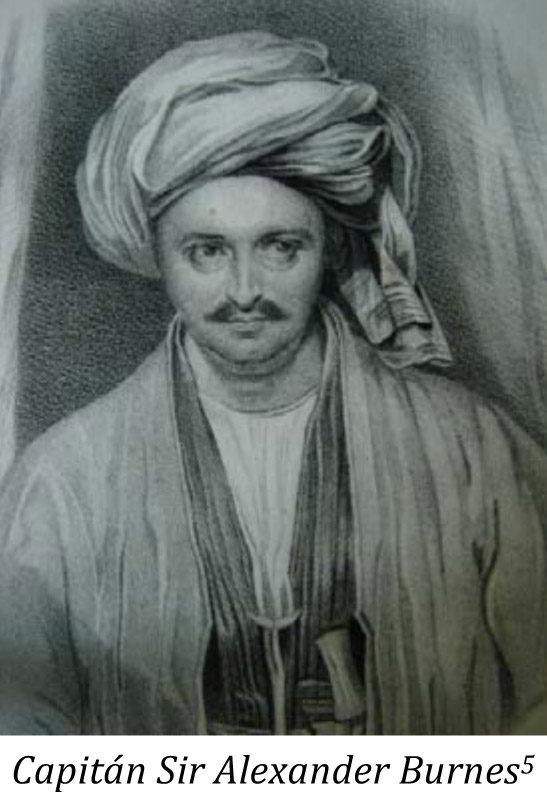 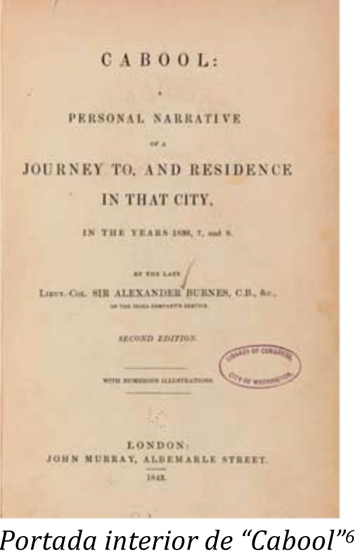 In this book we are told how José Gonsalvez was an educated man (he spoke Portuguese, Latin, a little French and an acceptable English) who worked in industry and also as a draftsman. In Burnes' book "Cabool" even several of his drawings are published and the author alludes to him as "our draftsman". In this book we are told how José Gonsalvez was an educated man (he spoke Portuguese, Latin, a little French and an acceptable English) who worked in industry and also as a draftsman. In Burnes' book "Cabool" even several of his drawings are published and the author alludes to him as "our draftsman".
But as Burnes writes, Gonsalvez's strong point was music. His favorite instrument was the guitar and he also played the accordion, with which we know he accompanied himself while singing. In his repertoire there were songs in English such as "Home, Sweet Home"7 (one of the most popular songs of the 19th century, extracted from the operetta "Clari"8 of 1823 composed by the Englishman Sir Henry Bishop with a libretto by John Howard Payne), in French "Ça Ira"9 (emblematic song of the French Revolution of 1789 song about the contradanza "Carillon National" composed by the violinist Bécourt10), a noble melody in Portuguese and even a fandango composed by himself. In the book he is cited with two different spellings: José Gonsalvez and in one of the page titles like José Gonsalvez. If he was Portuguese, it would be more logical to think that his surname was Gonsalves, or perhaps Gonzálvez if it were a Spanish surname, but this is not how it is written in the book. 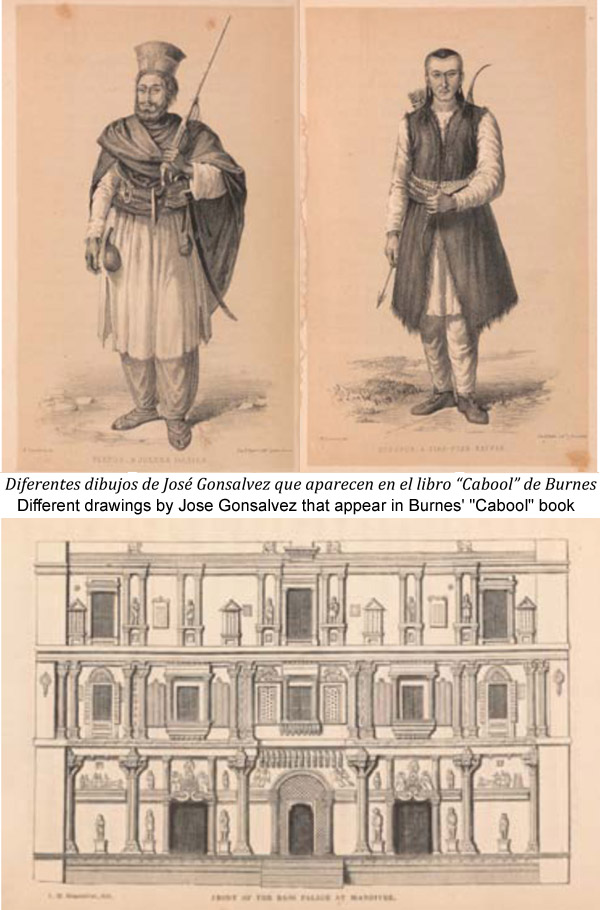 The accordion that he had to play would be similar to one of these few prototypes that had been built until that year: José Gonsalvez is one of the first accordionists known, since before him, we can find only a few references to the accordion throughout all the literature of the world.  - Accordion builders: Vienna (Demian in 182914, Thie in 183315, Mueller in 183416 and Bichler & Klein in 183417), Russia (Sizov in Tula in 1830)18, Paris (Isoard in 183119, Reisner 183220 and Forneaux in 183521), Germany (Reisel at Klingenthal in 183322 and Sparthe at Gera in 183423), USA. (Carhart in New York in 1835)24 and Switzerland (Drollinger in 183625). - Accordion methods: Paris (Pichenot in 183226,27, Reisner in 183228 and Voirin in 183629), Vienna (Mueller in 183430), Poland (anonymous in 183431) and London (anonymous published by Wheatstone in 1835)32. - Accordionists: Johann Sedlatzek in London in 183133, Louise Reisner in Paris in 183634 and Johannes Drollinger in 183635 in Langnau (Switzerland). - ... and a reference in Madrid on July 2, 183636 in which a family that was moving, announced in the "Diario de Madrid" that it sold various belongings, including an accordion. Therefore, the reference to the accordion that Burnes makes of Gonsalvez is one of the oldest that we know (the 2nd oldest outside of Europe), is one of the 5 oldest known accordionists (the oldest outside of Europe) and the fandango which he is said to have composed, the 2nd oldest work composed for our instrument, of which we have reference after Louise Reisner's Thème varié très Brillant, composed in Paris that same year in 1836. 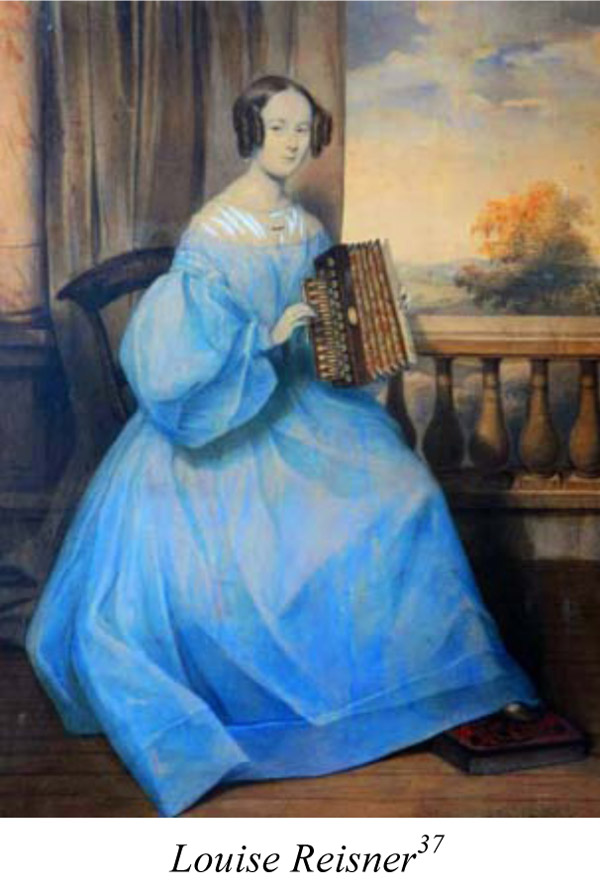 It is worth dedicating a few lines to the author of the text on José Gonsalves: Captain Sir Alexander Burnes (1805-1841)38. He was a Scottish explorer and diplomat of the British Empire known as the author of the bestseller of the time "Travels into Bokhara" of 1835. He was assassinated in 1841 in Kabul during an insurrection. The Cabool Book. Being a Personal Narrative of a Journey to, and Residence in that City in the years 1836, 7, and 8 is a personal account of an 18-month journey to and residence in that city between 1836 and 1838 by Sir Alexander Burnes and three companions (including José Gonsalvez), by order of the Governor General of India. The purpose of the trip was to study the Indus River and the adjacent territories, with the aim of opening the river to commerce. Burnes and his group took a route that traced the Indus from its mouth, in present-day Pakistan, to its final destination in Lahore. Along the way, they visited Shikarpur, Peshawar, Kabul, Herat and Jalalabad. The book contains detailed information on the ethnic, linguistic and religious groups residing in Afghanistan and parts of present-day Pakistan, as well as observations on the war that was unfolding then between the Sikh Empire and the emirate of Afghanistan. It also includes a brief account of the formal hearing with the Amir of Afghanistan, Dost Mohammed Khan, who cordially received the visitors as representatives of the Governor-General of India. Of particular interest are the economic and demographic data collected by Burnes and his team, which are presented in surprising detail. Burnes was assassinated in Kabul in 1841. This book, whose first edition, in 1842, was in charge of John Murray, was published posthumously. The second edition was also published by John Murray in London in 1843. In the same year, Carey and Hart published a single-volume edition in Philadelphia that was based on this second edition.39 Here is the fragment where we are told about José Gonsalvez: (click to view larger more readable size. 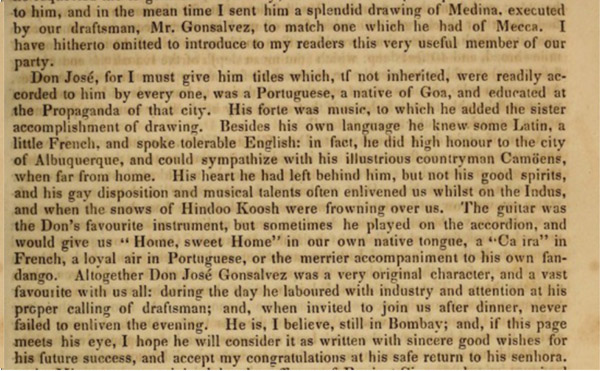 BIBLIOGRAPHIC NOTES (click to view larger more readable size. 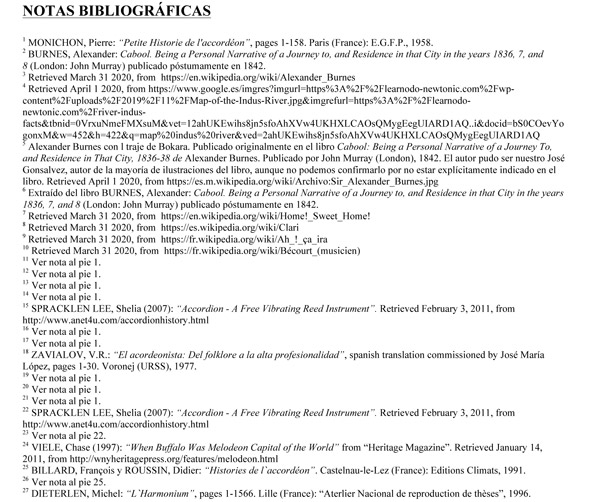 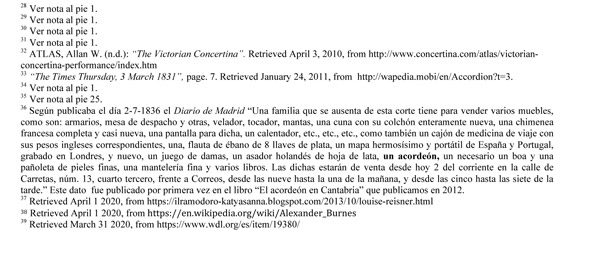 |